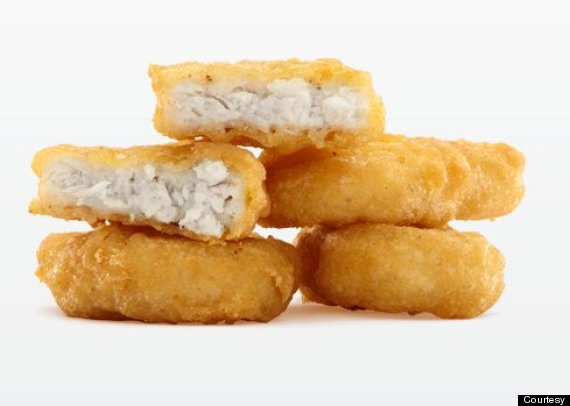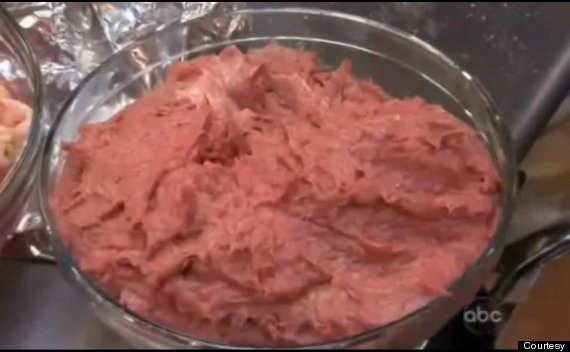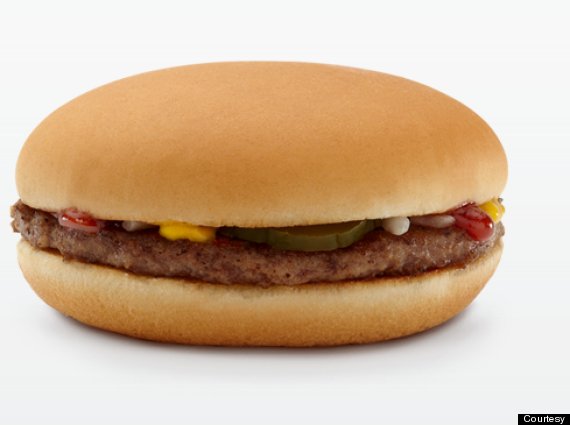McDonald’s, Burger King, Wendy’s, Taco Bell — which
one are you craving today? It’s quite probably that you have a favourite fast
food chain and that you love many of the tasty options offered at these
restaurants. It’s hard to miss them. In 2018, there were over 263,944 fast
food restaurants in America.
With a
poll revealing that 8 in 10 Americans eat fast food at least monthly and
half saying they eat it weekly; these companies know they have a good thing
going. Here are some truths that may make you wonder if you still want to go to there for lunch.
LOOK AT THIS
DELICIOUS EGG SANDWICH FROM SUBWAY:
TOO BAD YOU’RE
EATING A LOT MORE THAN JUST EGGS:
David
DiSalvo (a writer) decided to really look into the eggs of breakfast
sandwiches. What he discovered was that their “eggs” are really a strange
mixture that includes eggs and “premium egg blend” that includes glycerin
(found in soap), dimethylpolysiloxane (a silicone), and calcium silicate (used
on roofs).
HERE’S WHAT YOU
GET WHEN YOU ORDER MCNUGGETS:
BUT THIS IS
WHAT THEY MAY HAVE LOOKED LIKE BEFORE:
This
is a mixture created with the bones of a leftover chicken mixed together
in a food processor. This slime is then molded into a nugget shape and fried.
However, McDonald’s has released a statement indicating that the
company “does not process any of its meat products in the manner that is seen
in the photo”.
HERE IS THE
MCDONALD’S CLASSIC: A TASTY HAMBURGER:
AND IT LOOKS
LIKE YOU CAN STILL EAT IT 14 YEARS LATER:
Yes,
that is what a McDonald’s hamburger looked like after a man forgot it in his
coat pocket … in 1999. David Whipple revealed
to a TV show that this 14-year-old burger appeared to have never aged.
In
2010, J. Kenji López-Alt theorised that the burger didn’t "because its
small size and relatively large surface area help it to lose moisture very
fast". Without moisture, there’s no mold or bacterial growth.”
QUESTIONS
After
reading the text, write a short text in your notebook answering to the following questions. Use between 80- 100 words.
1.
What do you think of this article?
2.
What do you prefer: healthy food or fast food? Why?
3.
Why do we need to eat healthy food? Would you do it after reading this article?
























